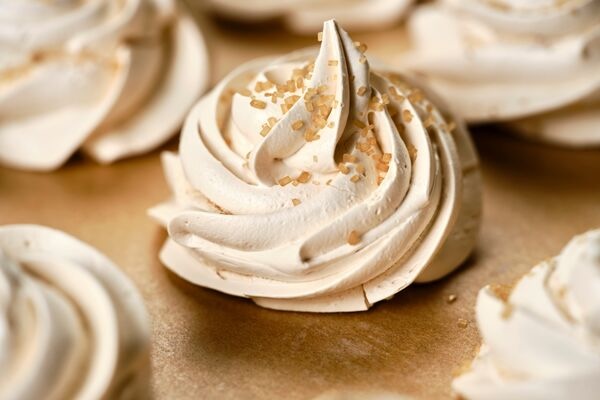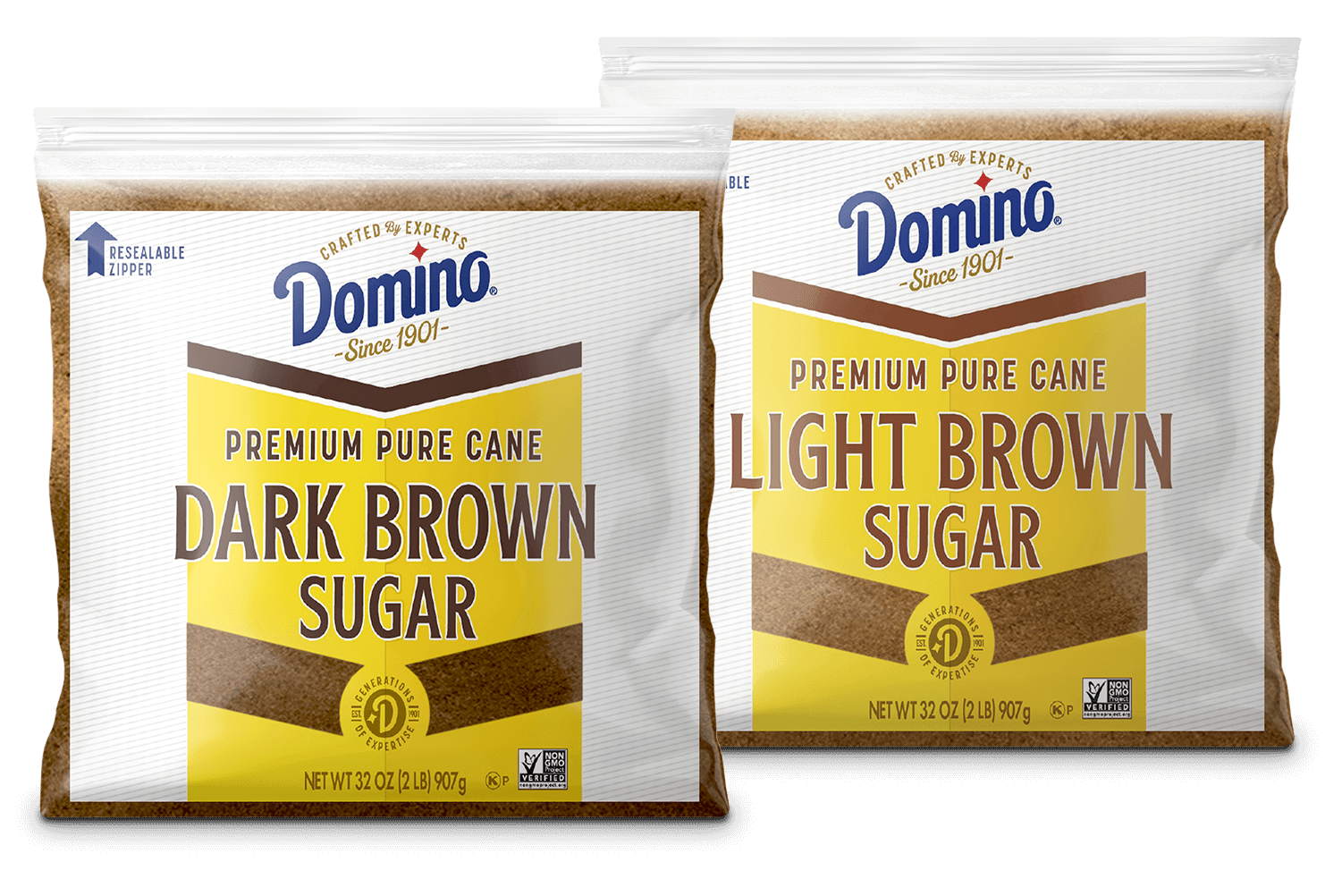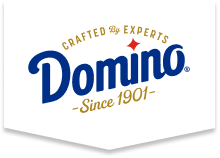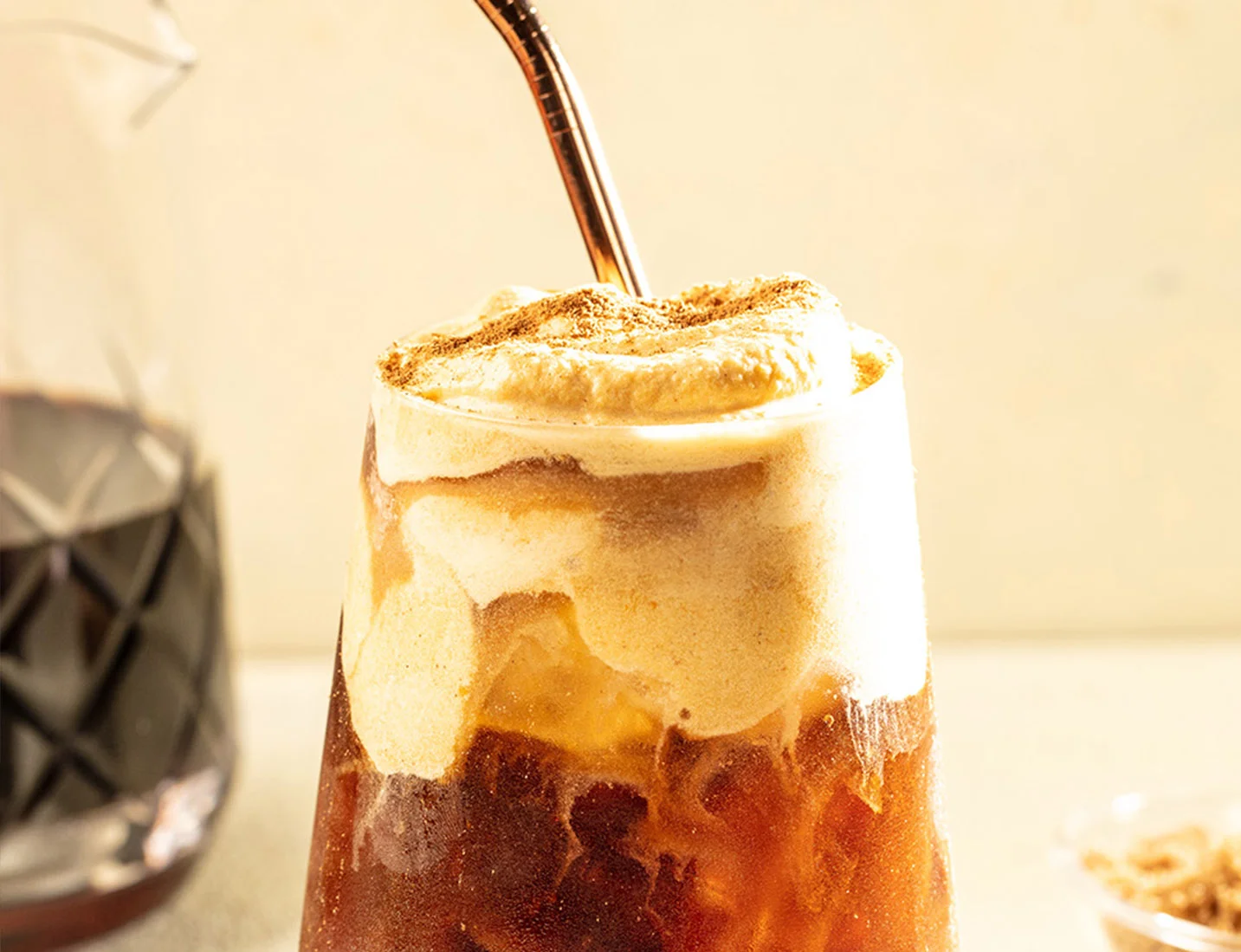How To: Brush Up on Baking Terminology
The experts at Domino® Sugar have broken down the basics of these common baking terms. Consider it a quick primer to help you get up to speed on what all those words you see in your favorite recipes mean. And don’t worry if it takes you a bit to get some down pat—we’ve had a 125-year head start!

1. Impactful Ingredients
Baking often starts with one type of flour or another. The main purpose of this staple ingredient is to provide structure to baked goods, but what’s the difference between the various kinds? Here are the basics:
- All-Purpose Flour: This flour is often made from a combination of hard and soft wheat and has a medium gluten content of around 10% (gluten is formed when two proteins in flour called glutenin and gliadin are mixed with water and combine). It can be used in all kinds of baking. If you only have one flour around, this is the one to have.
- Bread Flour: With a higher protein content, this flour is better for bread (which you probably guessed). The reason why is that more protein means gluten, which is ideal for yeast-raised baked goods that require doughs with great strength and structure.
- Cake Flour: The opposite of Bread Flour, Cake Flour has very low protein content (resulting in very little gluten), making it perfect for delicate cakes, pastries and other desserts.
Sugar is often the next ingredient baking recipes call for, and we know a LOT about this one. Sugar is an important ingredient in baked goods because it not only acts as a sweetener, but also as a tenderizer. Sugar comes in many forms, including:
- Domino® Premium Pure Cane Granulated Sugar: This is what people think of when they just hear “sugar.” It’s used in a wide variety of ways to provide sweetness to everything from glazes to ganache.
- Domino® Golden Sugar: Less processed than white sugar, it retains a hint caramel flavor from the molasses present in sugar cane.
- Domino® Light Brown or Dark Brown Sugar: With even more natural molasses left in during the refining process (dark brown has the most), these sugars are more moist and flavorful, adding notes of caramel, vanilla, butterscotch and spice, while also making baked goods soft and chewy.

2. Culinary Chemistry
“Baking” really just means the transfer of heat from the surface of a baked good into its center while in an oven, but within that broad definition lots of interesting things happen. Here’s a little of the science happening in your kitchen:
- Caramelization: This is the chemical process of sugar breaking down when heated, transforming it into different compounds and changing its color and flavor.
- Fermentation: Not just for making sauerkraut or beer, fermentation is also the process that lets yeast consumer starches and sugars in your baked goods, producing CO2 gas and small amounts of alcohol.
- Gelatinization: Through this process, certain starches expand and absorb water when heated, often giving them a jelly-like texture.
- Emulsification: This technique helps create an emulsion (two combined ingredients that don’t dissolve in each other) by using one ingredient to hold two other ingredients that might ordinarily separate together. A good example of this is mayonnaise, which uses egg to help oil and vinegar combine into one creamy mixture. Cake batters are another excellent example of emulsions.

3. Tasty Techniques
Sometimes it’s not just what you do, it’s how you do it that makes for the best baked goods. Familiarize yourself with these techniques to take your baking up a notch:
- Folding: Gently combining two substances by lifting them from the bottom of the bowl to the top rather than traditionally mixing them can help to avoid deflating delicate pastries and desserts.
- Leavening: This process uses yeast, baking soda or baking powder to produce gas, adding CO2 to the dough being prepared, making it lighter and airier.
- Scalding: Bringing liquids, which are often dairy milks, to a temperature just below boiling in order to neutralize enzymes that can interfere with gluten development.
- Tempering: This technique helps to blend hot ingredients with cold ones without the warmer ingredient cooling too quickly, which can adversely affect its texture by causing it to seize, curdle, break or otherwise react.
There you go, a great start to continuing your baking journey with some helpful hints to speed you along the way. Search our site for some delicious recipes, then enjoy speaking the language of baking yourself.

Domino® Zipper Bags
From enhancing flavor to adding moisture, Domino Dark and Light Brown Sugars make your creations even more irresistible. And now you can enjoy the same top-quality sugars in a recyclable zipper bag, making storage and preservation easier than ever! The seal keeps your brown sugar moist, use after use, on everything from appetizers and sauces to desserts and beverages.


